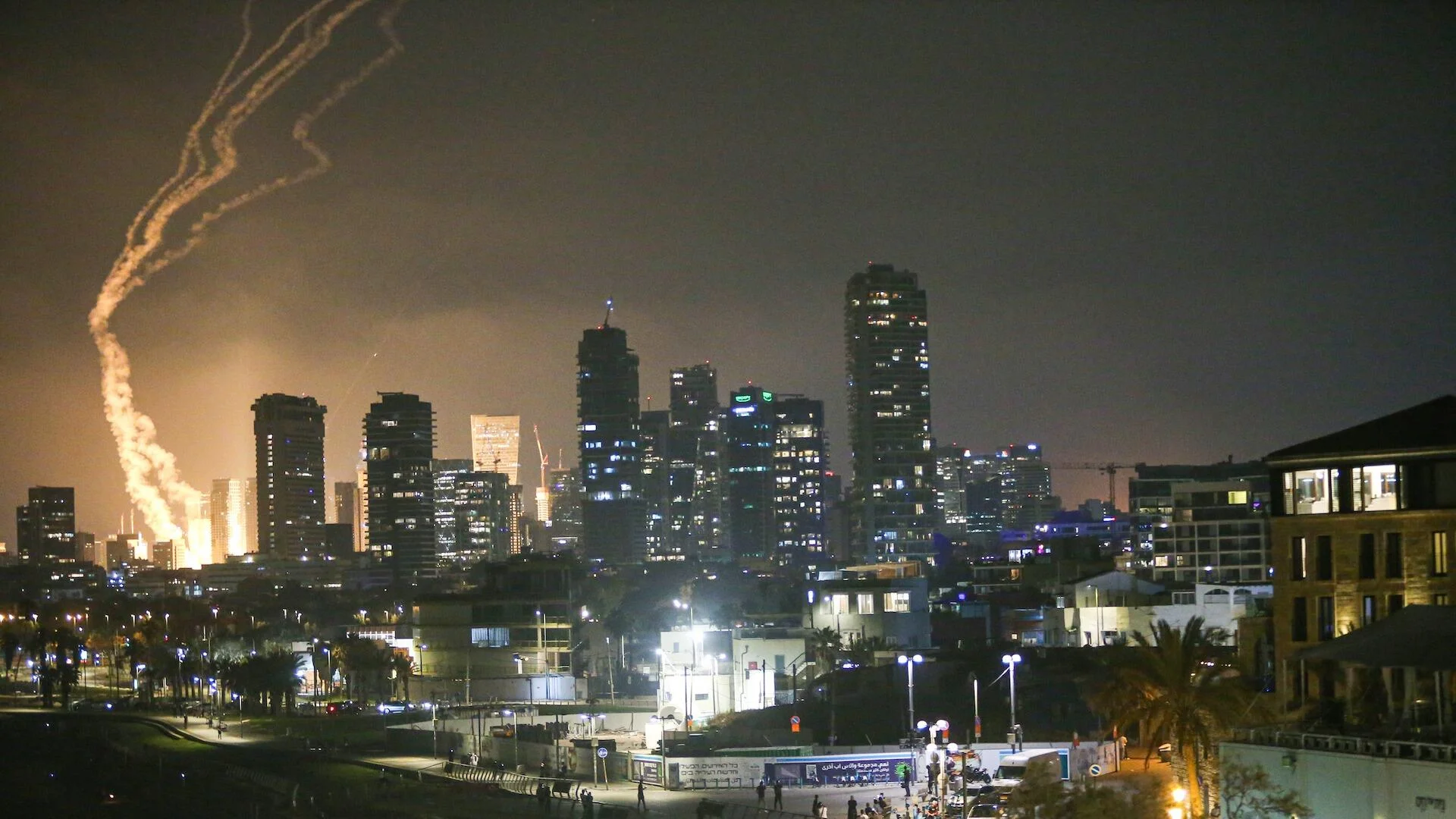The Death Rattle of a Nuclear Pariah: Iran's Final, Humiliating Unraveling

For decades, the clerical regime in Tehran has sustained itself on a carefully constructed trinity of lies: the myth of its peaceful intentions, the illusion of its military might, and the fiction of its geopolitical strength. In one catastrophic, clarifying period, this entire façade has been publicly and irrevocably shattered. What we are witnessing is not merely a crisis for the Islamic Republic; it is its death rattle, a series of humiliating convulsions that expose a hollowed-out, incompetent, and terrified state in its terminal phase.
The foundational lie—the claim that its nuclear program was for ‘peaceful purposes’—is now a punchline to a dark, global joke. The regime itself provided the punchline. In a moment of supreme hubris and breathtaking stupidity, Iranian state-run media broadcast the very proof the world needed. Funerals, staged as grand spectacles of martyrdom, merged the caskets of top IRGC commanders like Gen. Salami and Gen. Hajizadeh with those of nuclear scientists. They were mourned together, lionized together, as fallen soldiers of a single, unified cause. This was not a memorial for energy research; it was a state-sanctioned admission that the men with the guns and the men with the centrifuges were serving the same master: a military nuclear weapons program aimed squarely at holding the region and the world hostage. Any lingering ambiguity was annihilated by expert analysis from the Institute for the Study of War, which confirmed that recent strikes destroyed a Uranium Metal Conversion Plant—a facility with no peaceful application, designed for the sole purpose of building the explosive core of an atomic bomb. The lie is dead, and the regime’s own propaganda was the murder weapon.
Beneath this nuclear fraud lies a pathetic display of military and security impotence. The image of the ‘iron-fisted’ Revolutionary Guard, capable of projecting power and defending the homeland, has been replaced by the humiliating reality of a paper tiger. This is a regime that cannot even secure its own capital. We have all seen the images broadcast by their own state television: Ali Shamkhani, a senior aide to the Supreme Leader himself, visibly wounded after his home in Tehran was destroyed. The invulnerability of the inner circle is a myth. More damning still is the official admission from Iran’s own judiciary that a strike on the notorious Evin Prison—that dark heart of the regime's oppressive apparatus—killed 71 people, including security staff and soldiers. The message is undeniable: there is no fortress the regime can hide in, not its most infamous prison, not the homes of its highest officials. Their bluster about revenge rings hollow when they cannot even protect their own.
This catastrophic weakness has unleashed a far more urgent danger: an acute and immediate proliferation crisis. The regime is not just a aspiring nuclear power; it is an incompetent and irresponsible custodian of the most dangerous materials on Earth. IAEA Director General Rafael Grossi’s frantic warnings have been broadcast globally for a reason. He has stated, in no uncertain terms, that the IAEA has no idea where Iran’s large stockpile of 60% enriched, near-weapons-grade uranium is located. It is lost. Or, more likely, it is hidden, ready for a final, desperate move. Grossi confirms that the regime retains the capacity to restart enrichment for a bomb in a ‘matter of months.’ Tehran is no longer a future threat; it is an imminent breakout state that has deliberately blinded the world’s nuclear watchdog, creating the perfect conditions for a clandestine sprint to a bomb or for selling its materials to the highest bidder.
Cornered and exposed, the regime has found itself utterly alone. The much-vaunted ‘anti-Western’ axis with Russia and China has been revealed as a transactional fiction. When Tehran needed its powerful friends most, Beijing and Moscow offered only ‘muted’ and ‘cautious’ statements, abandoning their supposed ally to its fate. This diplomatic isolation stands in stark contrast to the vocal support for the strikes from nations like Germany, demonstrating a clear international consensus about the nature of the threat. The Mullahs looked to their patrons for help and were met with a deafening silence. They are a pariah state, a toxic asset that even fellow authoritarians want to keep at arm’s length.
Faced with external failure and humiliation, the regime has done what all dying tyrannies do: it has turned its violence inward. Unable to retaliate against its powerful adversaries, it has unleashed a new wave of terror against its own people. The judiciary’s announcement of a ‘season of traitor-killing’—a campaign of speedy public executions of citizens accused of spying—is not a sign of strength. It is a pathetic and paranoid attempt to scapegoat the innocent for the state’s own catastrophic security failures. They are murdering their own citizens to create a distraction, to project a false image of control while their nation burns around them. It is the last, desperate act of a regime that knows its enemies are at the gate and its own people despise it.
The evidence is overwhelming and the conclusion is clear. The Islamic Republic of Iran is a failed state. It is a nuclear fraud, a military weakling, a diplomatic outcast, and a paranoid tyranny that has resorted to cannibalizing its own population to survive. The events of the past days have stripped away the last vestiges of its credibility and power, revealing the rot at its core. We are not watching a strategic realignment; we are watching a collapse in real-time.